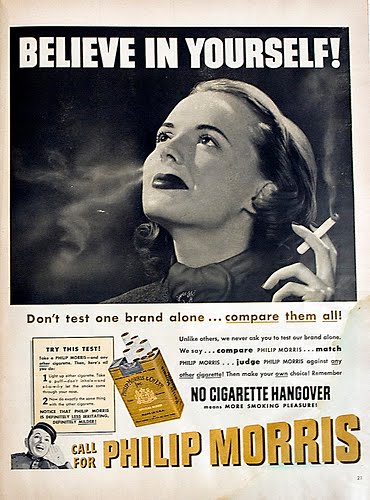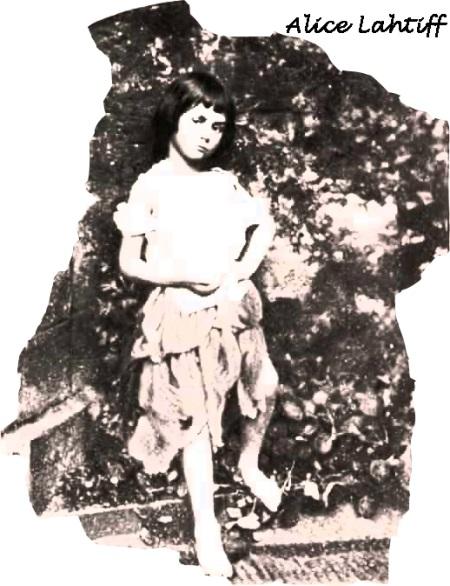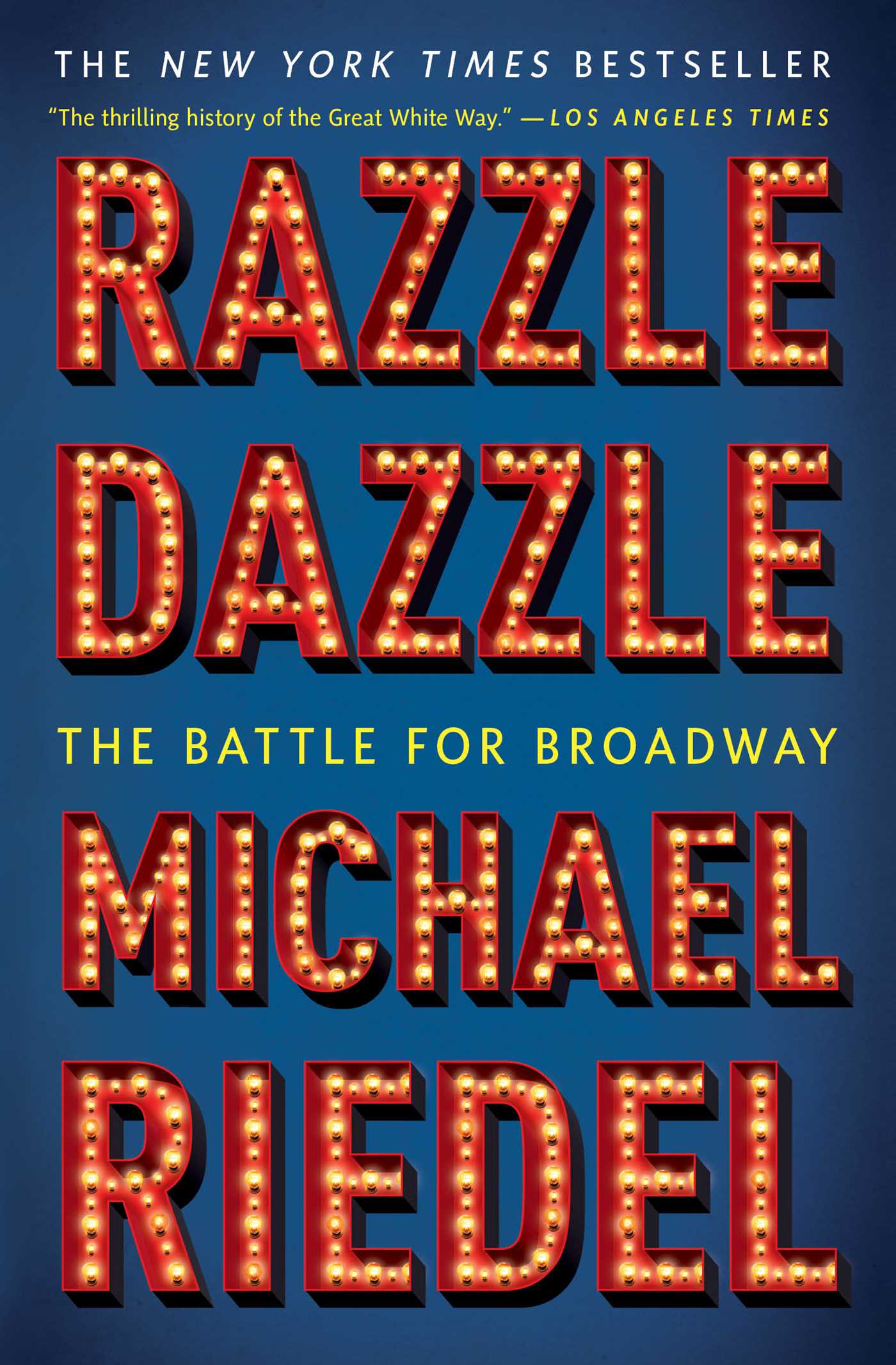All the thoughts about Tom’s mother disappeared as soon as I reached my classroom. I sat down next to Peter Blinkhorn, or whom my mother often described as a “dirty working class boy”. He who was already scribbling with his slate and chalk. He gave a weak “hi” without looking up at me. Peter is a ‘reluctant’ learner, but a very bright boy. The word ‘reluctant’ can be confusing to the modern reader.
Modern educational literature uses a number of euphemisms to avoid calling a spade a spade. Thus, teachers in the 1950s might say a child was ‘backward’. But today this is a politically incorrect term. Thus, Peter was by no means ‘backward’ – or to put it bluntly a ‘retard’. He was actually ‘reluctant’ to learn in the sense that he had no ‘academic’ ambitions; the reason why, will be explained below.
Peter is a working class boy. He lives in Broadhurst Avenue, the street behind York Avenue. It would seem natural that I could become friends with him, as he lives in the next street. But absurdly typical of British society, one street can be considered to be working class, while the neighbouring street is considered to be middle class. There always seems to be a kind of invisible (although quite visible) system of social class apartheid.104 We were not governed so much by explicit rules, but by the unwritten ‘rules’ of culture.
My mother had warned me against playing with ‘dirty working class boys’ from the next street. In one sense, I thought this was peculiar. In another sense, it implied that I was better than them, which in my childish mind seemed to be a good thing. This was something my mother tried to ingrain in my way of thinking throughout my childhood – ‘that you are better than them’. This seemed to be an admirable philosophy – being Scottish, I was better than the English (or any other ‘race’); being middle class, I was better than the working class. And all this without having to do anything!
Soon, the class began. Our teacher proceeded to write our five new sentences of the day on the blackboard. We have to copy and memorize them, so she writes down and reads one sentence at a time. I become mesmerized as she draws the sensuous curves and sharp angles of the digit FIVE. The numbers and letters she writes on the blackboard entrance me with their curves, points, slants and angles.
However, it was also a bit challenging for me. Whenever we do this exercise, I can only manage one or two words at a time. Not for Peter Blinkhorn, though. He can read the whole sentence just once and immediately write it down in his exercise book. I remember when we had to copy from our story-books, Peter would easily read and copy each sentence at a time, whereas, I could only do two or three words at a time105.
I certainly have always been self-confident in my own abilities – no doubt because of my mother’s encouragement. But somehow, even in my childish mind, my mother’s idea that the working classes were a ‘lower race’ didn’t seem to make sense. To me, the working class Peter was the smartest boy in the class.
104 Social apartheid is de facto segregation on the basis of class or economic status, in which an underclass is forced to exist separated from the rest of the population. Wikipedia. Date of reading: 16 April 2022.
105 Apart from these few details I remember almost nothing from my first year at pre-school, which makes me think how much my son, Alan (who was six years old, when I wrote the first draft for these notes in 2006 [this latest edit was written in 2022]) will remember when he grows up. I can remember the last 20 years reasonably vividly (2000-2022), yet when he grows up he will perhaps only remember 2 or 3 events from all the fun and trials he is experiencing at school ‘now’ in 2006.



